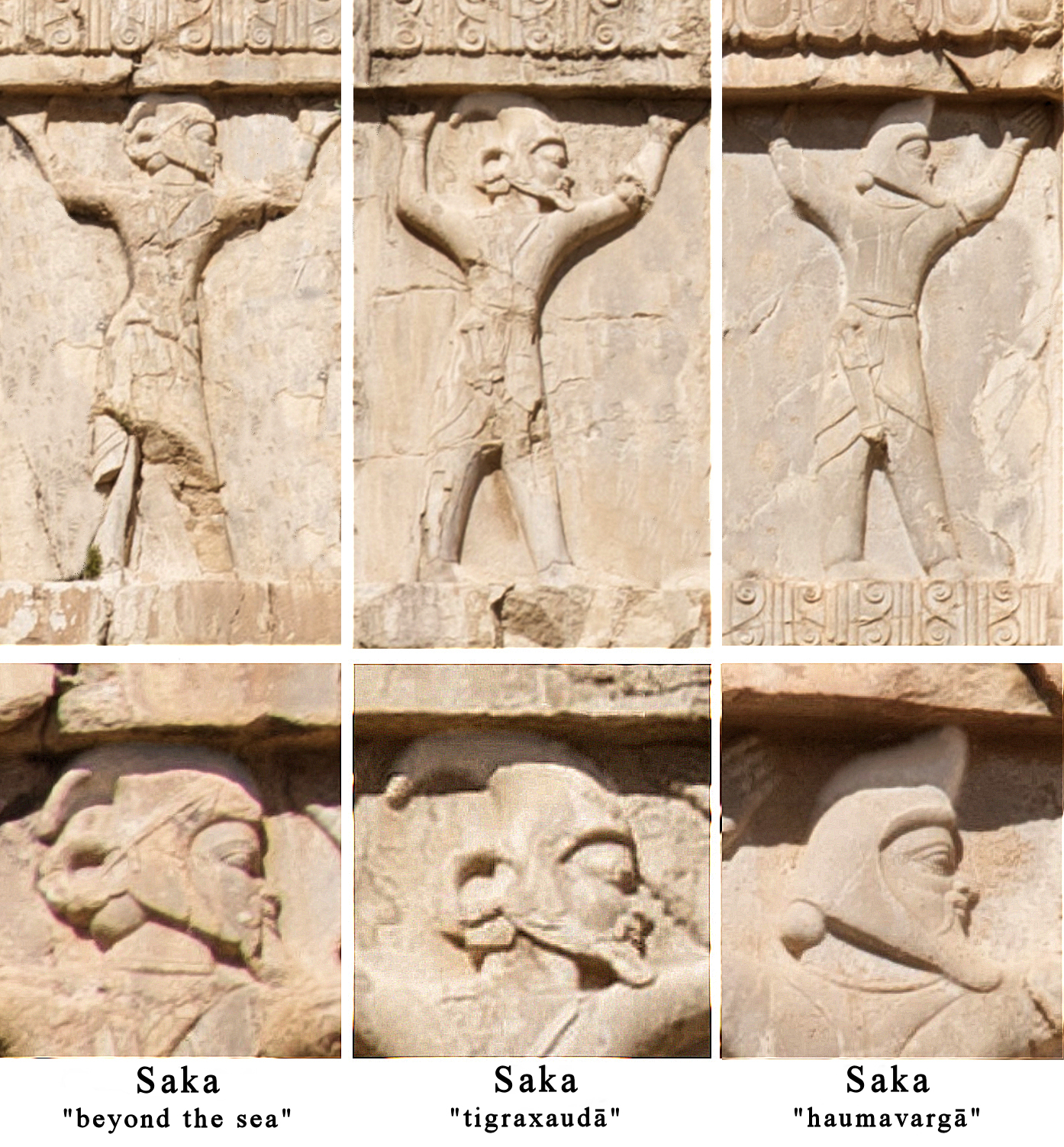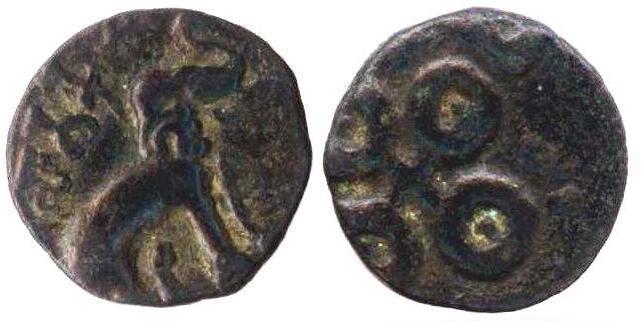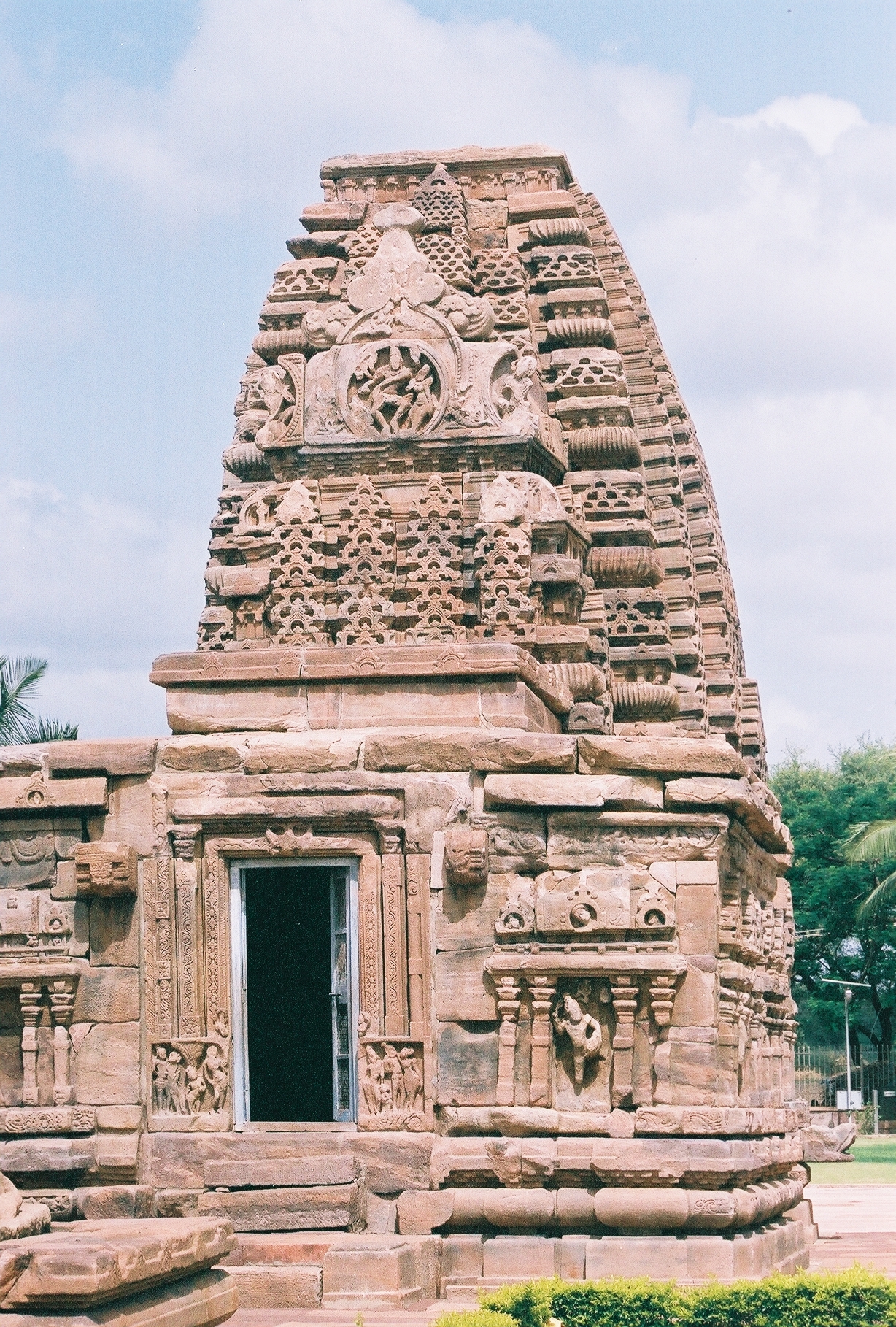|
Latur District
Latur district (Marathi pronunciation: aːt̪uːɾ is a district in Maharashtra state of India. Latur city is the district headquarters and is the 16th largest city in the state of Maharashtra. The district is primarily agricultural. Urban population comprises 25.47% of the total population. Officers and Public Representatives Members of Parliament Guardian Minister List of Guardian Minister District Magistrate/Collector History Latur has an ancient history, which probably dates to the Rashtrakuta period. It was home to a branch of Rashtrakutas which ruled the Deccan 753-973 AD. The first Rashtrakuta king Dantidurga was from Lattalur, probably the ancient name for Latur. Anecdotally, Ratnapur is mentioned as a name for Latur. The King Amoghavarsha of Rashtrakuta developed Latur city, originally the native place of the Rashtrakutas. The Rashtrakutas who succeeded the Chalukyas of Badami in 753 AD called themselves the residents of Lattalur. It was, over ... [...More Info...] [...Related Items...] OR: [Wikipedia] [Google] [Baidu] |
List Of Districts Of Maharashtra
Maharashtra is an States and union territories of India, Indian state that was formed on 1 May 1960 with 26 initial District (India), districts. Since then, 11 additional districts have been created, the most recent of which is Palghar district. The state currently has 36 districts. These districts are grouped into six administrative divisions shown below. All divisions in Maharashtra Maharashtra is divided into 36 districts, which are grouped into six divisions. Regions Geographically, historically, politically, and according to cultural sentiments, Maharashtra has five main regions: * Konkan (Konkan division) * Paschim Maharashtra, also known as Desh, Maharashtra, Desh (Pune division) * North Maharashtra (Nashik Division) - contains Khandesh * Marathwada (Aurangabad division) * Vidarbha (Nagpur division, Nagpur and Amravati division, Amravati divisions) - formerly Central Provinces and Berar Divisions Districts The table below lists important geographic and demographi ... [...More Info...] [...Related Items...] OR: [Wikipedia] [Google] [Baidu] |
Maharashtra
Maharashtra () is a state in the western peninsular region of India occupying a substantial portion of the Deccan Plateau. It is bordered by the Arabian Sea to the west, the Indian states of Karnataka and Goa to the south, Telangana to the southeast and Chhattisgarh to the east, Gujarat and Madhya Pradesh to the north, and the Indian union territory of Dadra and Nagar Haveli and Daman and Diu to the northwest. Maharashtra is the second-most populous state in India, the third most populous country subdivision in South Asia and the fourth-most populous in the world. The state is divided into 6 divisions and 36 districts. Mumbai is the capital of Maharashtra due to its historical significance as a major trading port and its status as India's financial hub, housing key institutions and a diverse economy. Additionally, Mumbai's well-developed infrastructure and cultural diversity make it a suitable administrative center for the state, and the most populous urban are ... [...More Info...] [...Related Items...] OR: [Wikipedia] [Google] [Baidu] |
Seuna (Yadava) Dynasty
The Seuna, Sevuna, or Yadava, Yadavas of Devagiri (IAST: Seuṇa, –1317) was a medieval Indian dynasty, which at its peak ruled a realm stretching from the Narmada River, Narmada river in the north to the Tungabhadra river in the south, in the western part of the Deccan region. Its territory included present-day Maharashtra, North Karnataka, northern Karnataka and parts of Madhya Pradesh, from its capital at Devagiri (present-day Daulatabad, Maharashtra, Daulatabad in modern Aurangabad district, Maharashtra, Chhatrapati Sambhajinagar district, Maharashtra). The Yadavas initially ruled as feudatories of the Western Chalukyas. Around the middle of the 12th century, as the Chalukya power waned, the Yadava king Bhillama V declared independence. The Yadavas reached their peak under Simhana, Simhana II, and flourished until the early 14th century, when it was annexed by the Khalji dynasty of the Delhi Sultanate in 1308 CE. Etymology The Seuna dynasty claimed descent from the Yad ... [...More Info...] [...Related Items...] OR: [Wikipedia] [Google] [Baidu] |
Sakas
The Saka, old , mod. , ), Shaka (Sanskrit ( Brāhmī): , , ; Sanskrit (Devanāgarī): , ), or Sacae (Ancient Greek: ; Latin: were a group of nomadic Eastern Iranian peoples who lived in the Eurasian Steppe and the Tarim Basin from the 9th century BC to the 5th century AD. "Modern scholars have mostly used the name Saka to refer specifically to Iranians of the Eastern Steppe and Tarim Basin" "In modern scholarship the name 'Sakas' is reserved for the ancient tribes of northern and eastern Central Asia and Eastern Turkestan to distinguish them from the related Massagetae of the Aral region and the Scythians of the Pontic steppes. These tribes spoke Iranian languages, and their chief occupation was nomadic pastoralism." The Saka were closely related to the Scythians, and both groups formed part of the wider Scythian cultures. However, they are distinguished from the Scythians by their specific geographical and cultural traits. The Saka languages formed part of the Scythi ... [...More Info...] [...Related Items...] OR: [Wikipedia] [Google] [Baidu] |
Satavahanas
The Satavahanas (; ''Sādavāhana'' or ''Sātavāhana'', IAST: ), also referred to as the Andhras (also ''Andhra-bhṛtyas'' or ''Andhra-jatiyas'') in the Puranas, were an ancient Indian dynasty. Most modern scholars believe that the Satavahana rule began in the late 2nd century BCE and lasted until the early 3rd century CE, although some assign the beginning of their rule to as early as the 3rd century BCE based on the Puranas, but uncorroborated by archaeological evidence. The Satavahana kingdom mainly comprised the present-day Andhra Pradesh, Telangana, and Maharashtra. At different times, their rule extended to parts of modern Gujarat, Madhya Pradesh, and Karnataka. The dynasty had different capital cities at different times, including Pratishthana (Paithan) and Amaravati ( Dharanikota). The origin of the dynasty is uncertain, but according to the Puranas, their first king overthrew the Kanva dynasty. In the post-Maurya era, the Satavahanas established peace in the Decca ... [...More Info...] [...Related Items...] OR: [Wikipedia] [Google] [Baidu] |
Badami
Badami, formerly known as Vātāpi (Sanskrit: from ''āpi'', ‘friend, ally’; ‘having the wind (vāta) as an ally’; Kannada script: ವಾತಾಪಿ), is a town and headquarters of a taluk by the same name, in the Bagalkot district of Karnataka, India. It was the regal capital of the Badami Chalukyas from 540 to 757. It is famous for its rock cut monuments such as the Badami cave temples, as well as the structural temples such as the Bhutanatha temples, Badami Shivalaya and Jambulingesvara Temple. It is located in a ravine at the foot of a rugged, red sandstone outcrop that surrounds Agastya lake. Badami has been selected as one of the heritage cities for HRIDAY - Heritage City Development and Augmentation Yojana scheme of Government of India. History Prehistoric and epic The Badami region was settled in pre-historic times, as is evidenced by megalithic dolmens. In the local tradition, the town of Badami is linked to the Agastya legend of the epics. In the ... [...More Info...] [...Related Items...] OR: [Wikipedia] [Google] [Baidu] |
Chalukyas
The Chalukya dynasty () was a Classical Indian dynasty that ruled large parts of southern and central India between the 6th and the 12th centuries. During this period, they ruled as three related yet individual dynasties. The earliest dynasty, known as the "Badami Chalukyas", ruled from Vatapi (modern Badami) from the middle of the 6th century. The Badami Chalukyas began to assert their independence at the decline of the Kadamba kingdom of Banavasi and rapidly rose to prominence during the reign of Pulakeshin II. After the death of Pulakeshin II, the Eastern Chalukyas became an independent kingdom in the eastern Deccan. They ruled from Vengi until about the 11th century. In the western Deccan, the rise of the Rashtrakutas in the middle of the 8th century eclipsed the Chalukyas of Badami before being revived by their descendants, the Western Chalukyas, in the late 10th century. These Western Chalukyas ruled from Kalyani (modern Basavakalyan) until the end of ... [...More Info...] [...Related Items...] OR: [Wikipedia] [Google] [Baidu] |
Amoghavarsha
Amoghavarsha I (also known as Amoghavarsha Nrupatunga I) (r. 814 – 878 CE) is considered by many historians to be the greatest emperor of the Rashtrakuta dynasty. His reign of 64 years is one of the longest precisely dated monarchical reigns on record. Many Kannada and Sanskrit scholars prospered during his rule, including the great Indian mathematician Mahaviracharya who wrote ''Ganita-sara-samgraha'', Jinasena, Virasena, Shakatayan and Sri Vijaya (a Kannada language theorist). Amoghavarsha I was an accomplished poet and scholar. He wrote (or co-authored) the '' Kavirajamarga'', the earliest extant literary work in Kannada,Sastri (1955), p. 355. and ''Prashnottara Ratnamalika'', a religious work in Sanskrit. During his rule he held titles such as ''Nrupathunga'', ''Atishadhavala'', ''Veeranarayana'', ''Rattamarthanda'' and ''Srivallabha''. He moved the Rashtrakuta regnal capital from Mayurkhandi in the present-day Bidar district to Manyakheta in the present-day Kal ... [...More Info...] [...Related Items...] OR: [Wikipedia] [Google] [Baidu] |
Rashtrakuta
The Rashtrakuta Empire was a royal Indian polity ruling large parts of the Indian subcontinent between the 6th and 10th centuries. The earliest known Rashtrakuta inscription is a 7th-century copper plate grant detailing their rule from Manapur, a city in Central or West India. Other ruling Rashtrakuta clans from the same period mentioned in inscriptions were the kings of Achalapur and the rulers of Kannauj. Several controversies exist regarding the origin of these early Rashtrakutas, their native homeland and their language. The Elichpur clan was a feudatory of the Badami Chalukyas, and during the rule of Dantidurga, it overthrew Chalukya Kirtivarman II and went on to build an empire with the Gulbarga region in modern Karnataka as its base. This clan came to be known as the Rashtrakutas of Manyakheta, rising to power in South India in 753 AD. At the same time the Pala dynasty of Bengal and the Prathihara dynasty of Gurjaratra were gaining force in eastern and northwes ... [...More Info...] [...Related Items...] OR: [Wikipedia] [Google] [Baidu] |
Girish Mahajan
Girish Dattatray Mahajan is a politician from Jalgaon district of Maharashtra. He is the current MLA of Jamner taluka representing Jamner vidhan sabha constituency. He is a senior leader of Bharatiya Janata Party. Girish Mahajan is cabinet minister for Water resources (Tapi,Vidarbha and konkan),Kumbhmela and Disaster Management of Maharashtra state.He is also the guardian minister of Nashik. In 2010s, CM Devendra Fadnavis' cabinet he served as Minister of Water Resources and Minister Medical Education of Maharashtra in separate times. Early life Mahajan was born in Jamner into a Marathi Gujjar family. Career As a college student, Mahajan was an active member of ABVP in 1978. In the ABVP, he started as a grassroots worker where he painted walls and distributed promotional posters for politicians. He was appointed Taluka President of ABVP. Mahajan's political career commenced in earnest in the early eighties, when he became Taluka President of the Bharatiya Janata Yuva Mor ... [...More Info...] [...Related Items...] OR: [Wikipedia] [Google] [Baidu] |
Amit Deshmukh
Amit Vilasrao Deshmukh (born 21 March 1976) is an Indian politician and a member of Indian National Congress. He is the son of veteran congress leader Vilasrao Deshmukh. He is a three term Member of the Maharashtra Legislative Assembly from the Latur city constituency. He is the National Secretary of the All India Congress Committee. Early life Deshmukh was born on 21 March 1976 to Vilasrao Deshmukh. He is also the elder brother of actor Ritesh Deshmukh and Dhiraj Deshmukh. Political career Son of a politician, Amit Deshmukh entered the Maharashtra political scene at a young age. Working from the grassroots, he actively participated in the 1997 Latur Nagar Parishad elections at the age of 21, and was involved in the campaigning for Shivraj Patil in the 1999 Lok Sabha elections. He has been the vice-president of the Youth Congress in the years 2002 and 2008. In 2009, Amit Deshmukh contested from Latur city on a Congress ticket and defeated Kayyum Khan Mohammad Khan Pathan ... [...More Info...] [...Related Items...] OR: [Wikipedia] [Google] [Baidu] |
Pankaja Munde
Pankaja Munde (born 26 July 1979) is an Indian politician from Maharashtra. She is elder daughter of the late Gopinath Munde, a former central cabinet minister of India and former Deputy Chief Minister of Maharashtra. She is the National Secretary of the Bharatiya Janata Party (BJP) and also serves as an MLC in the Maharashtra Legislative Council. She is currently serving as Cabinet Minister for Animal Husbandry, Environment and Climate change in the Third Fadnavis ministry. Early life Pankaja Munde was born to Gopinath Munde and Pradnya Munde on 26 July 1979 as their eldest child. She has two younger sisters, Pritam Munde and Yashashari. She completed her graduation and also holds an MBA. from USA. She is a niece of Pramod Mahajan, and a cousin to Rahul Mahajan and Poonam Mahajan Poonam Mahajan (born 9 December 1980) is an Indian politician and a former Member of Parliament, Lok Sabha from Mumbai North Central, Constituency, Maharashtra. She is a member of the Bha ... [...More Info...] [...Related Items...] OR: [Wikipedia] [Google] [Baidu] |






